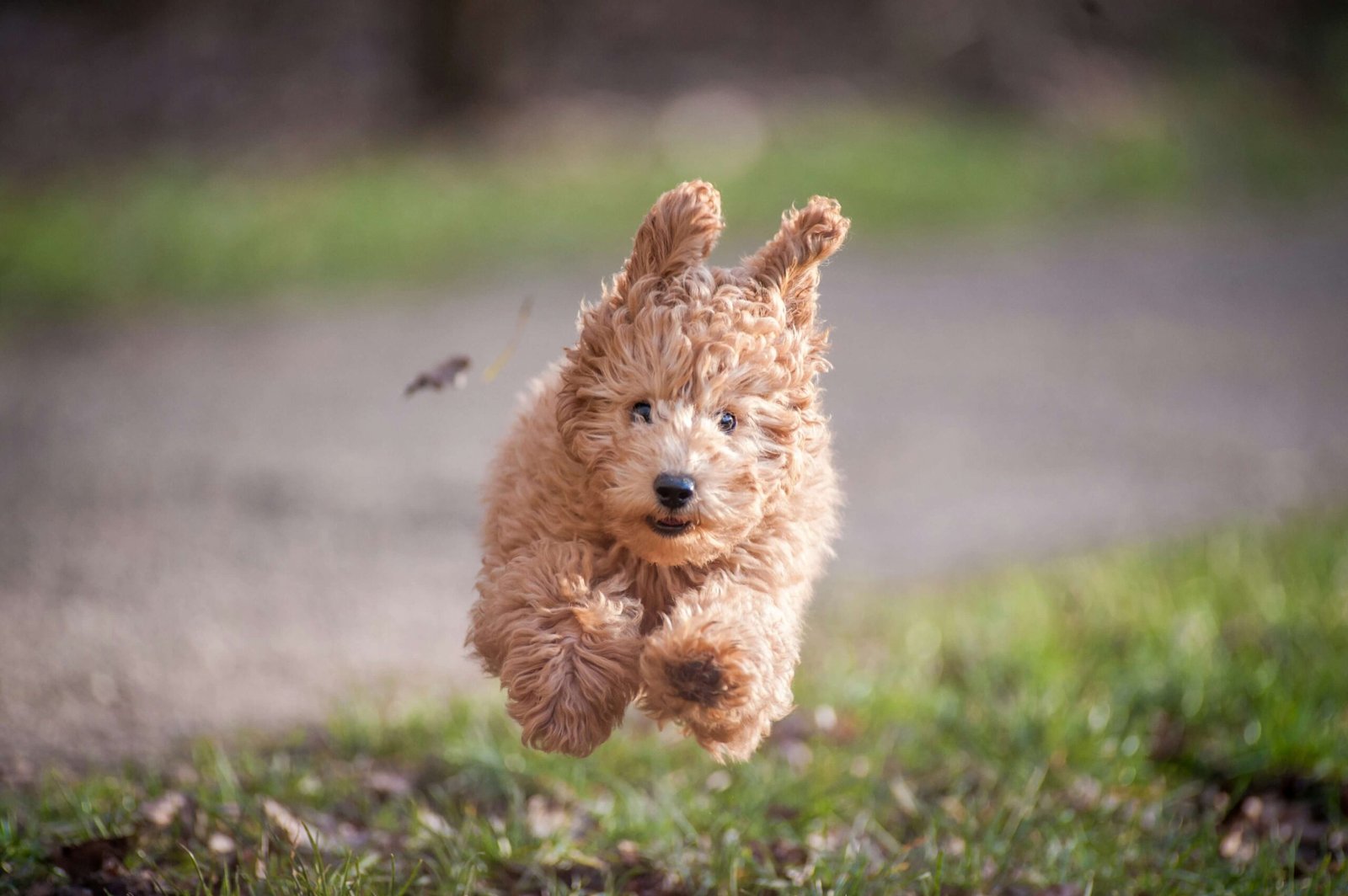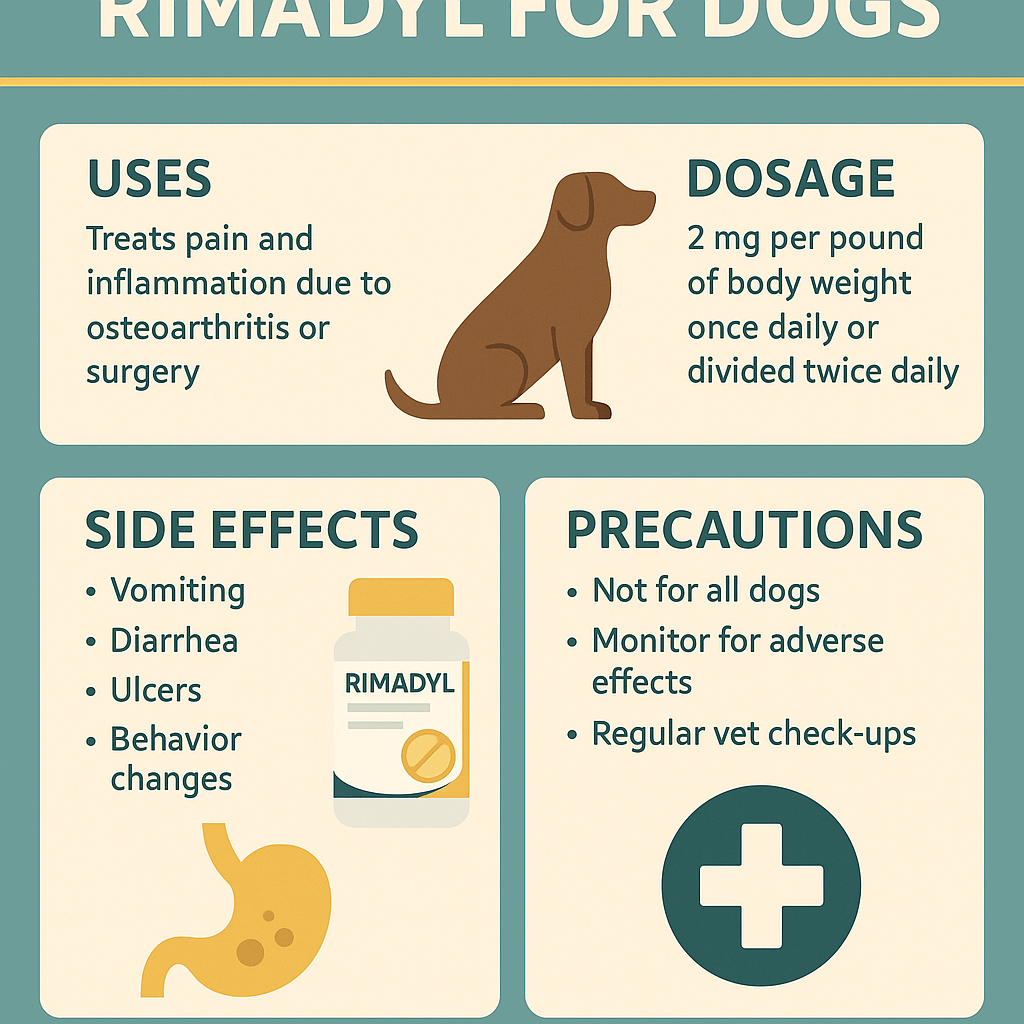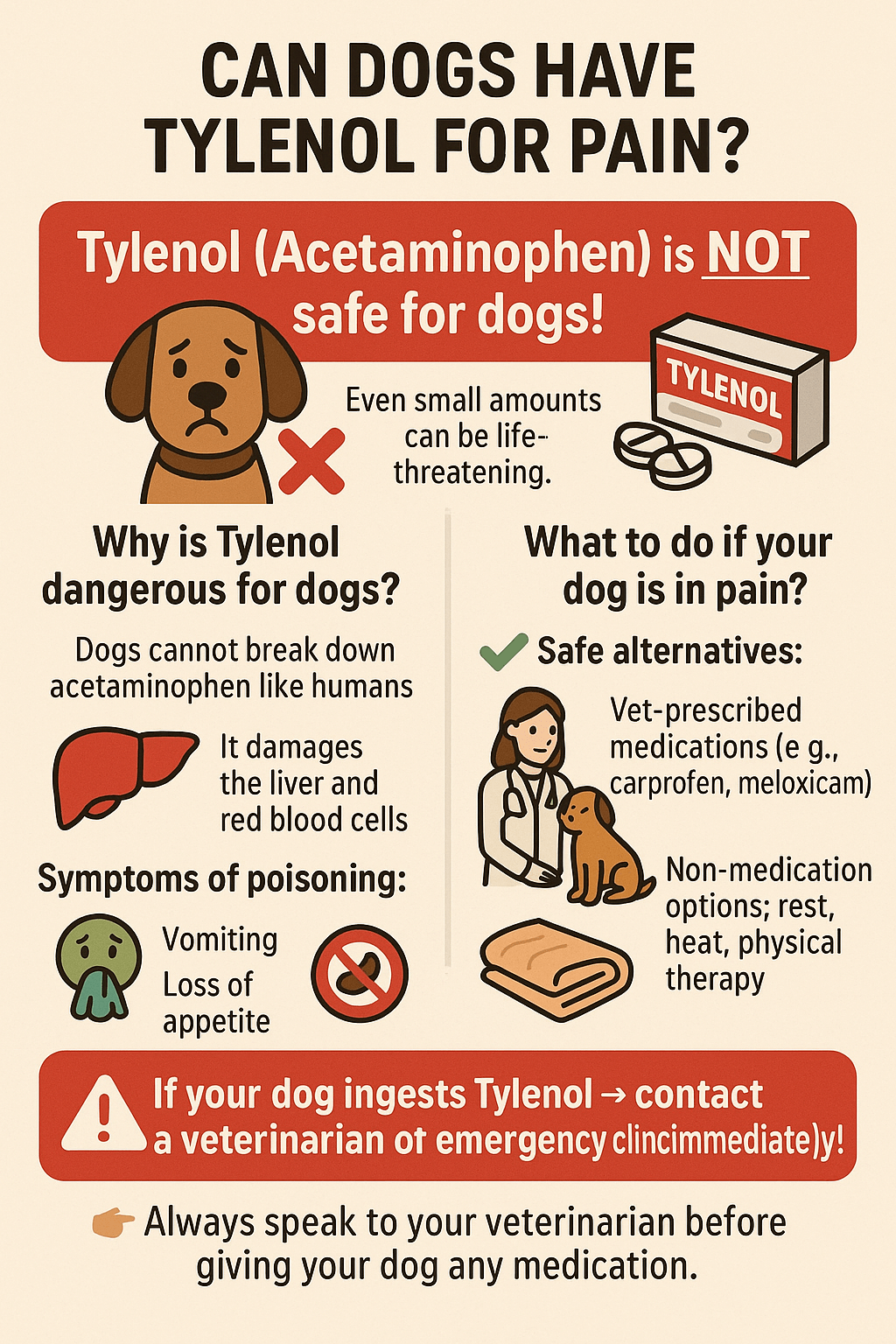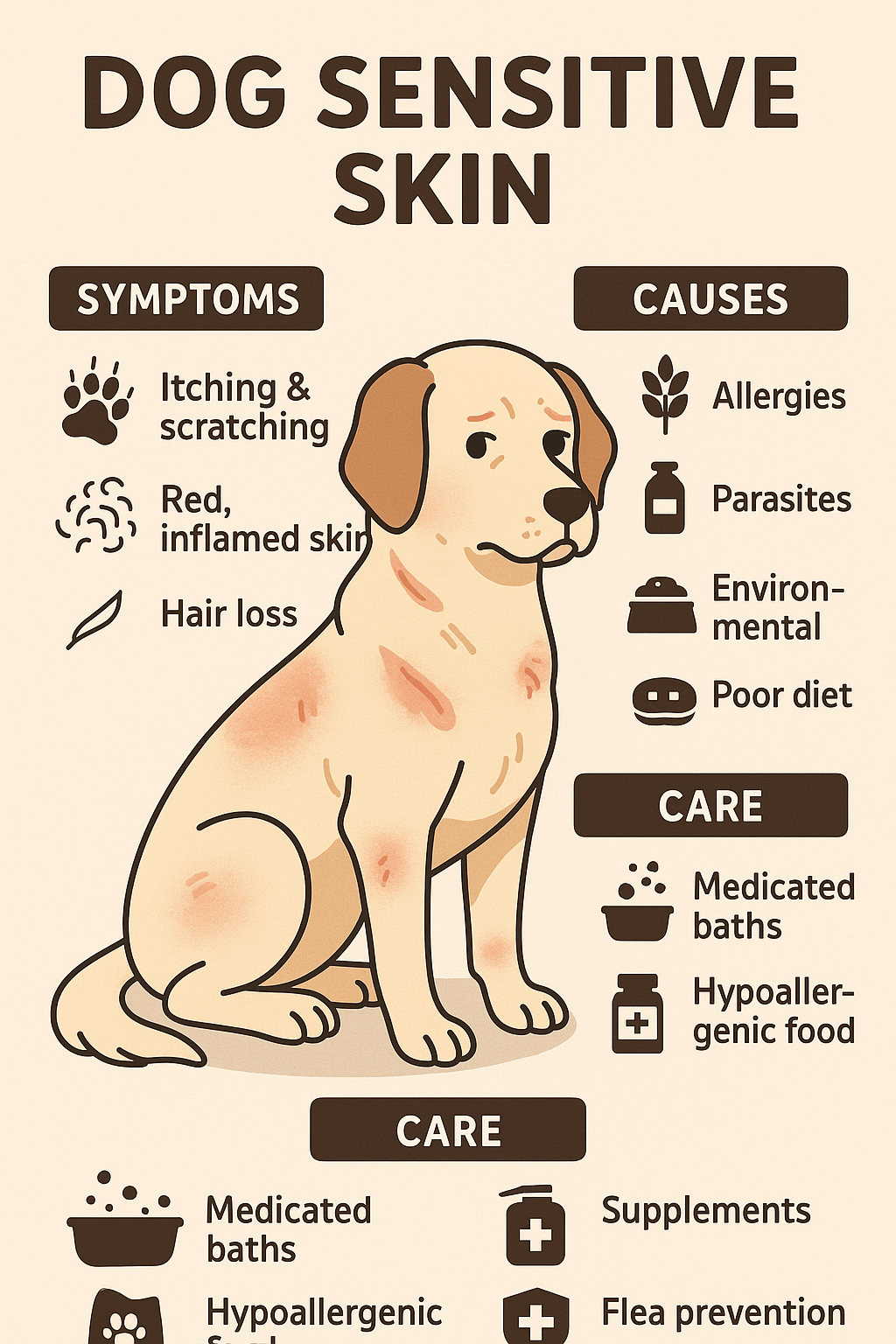Understanding Posterior Lens Luxation in Dogs
Posterior lens luxation is a condition that can affect the eyes of our beloved canine companions. While it may sound complex, understanding this eye disorder is crucial for dog owners who want to ensure their pets live happy, healthy lives. The lens of a dog’s eye plays a vital role in focusing light onto the retina, allowing them to see clearly. However, when the lens shifts out of its normal position—specifically toward the back of the eye—it can lead to serious complications. In this blog post, we will explore what posterior lens luxation is, its causes, symptoms, and treatment options, as well as how you can support your furry friend if they are diagnosed with this condition.
What Is Posterior Lens Luxation? An Overview
To better understand posterior lens luxation, let’s break down the key aspects of this condition:
Definition : Posterior lens luxation occurs when the lens of a dog’s eye moves from its normal position and shifts backward into the vitreous humor (the gel-like substance in the eye).
Primary vs. Secondary : This condition can be primary, meaning it arises due to genetic predispositions, or secondary, resulting from trauma, inflammation, or other underlying health issues.
Breed Predisposition : Certain breeds are more prone to posterior lens luxation, including terriers, Border Collies, and Australian Shepherds.
Impact on Vision : When the lens moves out of place, it disrupts the eye’s ability to focus properly, leading to blurred vision or even blindness if left untreated.
Connection to Glaucoma : Posterior lens luxation can increase intraocular pressure, potentially causing glaucoma—a painful and sight-threatening condition.
Understanding these key points provides a foundation for recognizing the seriousness of posterior lens luxation and why prompt veterinary care is essential.
Signs and Symptoms to Watch For
If you suspect your dog may be experiencing posterior lens luxation, here are some common signs and symptoms to look out for:
Redness or Irritation : You may notice redness around the affected eye or excessive tearing, which could indicate discomfort.
Cloudy Appearance : A cloudy or opaque look in the eye might suggest that the lens has shifted out of place.
Squinting or Pawing : Dogs often squint or paw at their eyes when they feel pain or irritation caused by the displaced lens.
Changes in Behavior : If your dog seems hesitant to move around or appears disoriented, it could be a sign of vision impairment.
Visible Abnormalities : In severe cases, you might actually see the lens floating in the back of the eye during an examination.
Being vigilant about these symptoms can help you act quickly and seek professional advice before the condition worsens.
Check this guide 👉Understanding Luxating Patella Massage: Best 7 Expert Tips!
Check this guide 👉Should You Walk a Dog with Luxating Patella? Best 7 Tips!

Prevention Tips | Treatment Options |
|---|---|
Regular veterinary check-ups | Surgical removal of the displaced lens |
Monitoring high-risk breeds | Medications to reduce inflammation |
Avoiding eye injuries | Pain management through prescribed drugs |
Maintaining overall eye health | Addressing secondary conditions like glaucoma |
Early detection of symptoms | Long-term monitoring post-surgery |
Diagnosis Process Explained
Diagnosing posterior lens luxation involves several steps to confirm the condition and rule out other eye disorders:
Physical Examination : Your veterinarian will perform a thorough physical exam of your dog’s eyes using specialized tools.
Tonometry Test : This test measures intraocular pressure to determine whether glaucoma is present as a result of the luxation.
Ophthalmoscopic Evaluation : A detailed inspection of the eye’s internal structures helps identify the exact position of the lens.
Ultrasound Imaging : In some cases, ultrasound imaging may be used to get a clearer picture of the lens and surrounding tissues.
Referral to a Specialist : If needed, your vet may refer you to a veterinary ophthalmologist for advanced diagnostics and treatment planning.
A comprehensive diagnosis ensures accurate identification of the problem and guides appropriate treatment decisions.
Post-Treatment Care and Management
After treatment for posterior lens luxation, proper aftercare is critical to ensure your dog’s recovery goes smoothly:
Follow-Up Appointments : Schedule regular follow-up visits with your veterinarian to monitor healing progress.
Administer Medications : Ensure all prescribed medications, such as anti-inflammatory drugs or antibiotics, are given as directed.
Protect the Eye : Use an Elizabethan collar to prevent your dog from scratching or rubbing the affected eye.
Monitor for Complications : Keep an eye out for signs of infection, increased redness, or worsening symptoms, and report them immediately.
Adjust Lifestyle : Modify activities to avoid strenuous exercise or situations that could strain the eyes during recovery.
With diligent care, most dogs can adapt well to life after posterior lens luxation treatment.
Preventive Measures for High-Risk Breeds
For dog owners with breeds predisposed to posterior lens luxation, taking preventive measures can significantly reduce the risk of this condition developing. While genetics play a role, there are steps you can take to protect your pet’s eye health:
Regular Eye Exams : Schedule routine eye check-ups with your veterinarian to catch any early warning signs.
Monitor for Trauma : Keep your dog safe from activities or environments that could lead to eye injuries.
Healthy Diet : Provide a balanced diet rich in antioxidants like vitamins A and C to support overall eye health.
Genetic Testing : If possible, consider genetic testing to identify predispositions early in life.
Avoid Stressful Situations : Minimize stress on your dog’s eyes by avoiding excessive jumping or rough play.
By implementing these preventive strategies, you can help safeguard your dog’s vision and potentially delay or prevent the onset of posterior lens luxation.
Common Misconceptions About Posterior Lens Luxation
There are several myths surrounding posterior lens luxation that can confuse pet owners. Understanding the facts is crucial for making informed decisions about your dog’s care:
Myth: It Only Happens in Older Dogs : While age can be a factor, younger dogs, especially those with genetic predispositions, are also at risk.
Myth: Surgery Always Restores Perfect Vision : While surgery can improve vision, some degree of impairment may remain depending on the severity of the condition.
Myth: All Dogs Show Obvious Symptoms : Some dogs may not display noticeable symptoms until the condition has progressed significantly.
Myth: It’s Always Painful : While discomfort is common, not all cases cause immediate pain, which is why regular vet visits are essential.
Myth: It Can Be Treated at Home : This condition requires professional veterinary intervention and cannot be managed with home remedies alone.
Understanding these misconceptions ensures that you approach posterior lens luxation with accurate knowledge and realistic expectations.
Supporting Your Dog Emotionally During Recovery
Recovery from posterior lens luxation isn’t just physical—it’s emotional too. Supporting your dog during this time can make a big difference in their overall well-being:
Provide Comfort : Offer soft bedding and a quiet space where your dog can rest undisturbed.
Maintain Routine : Stick to your dog’s usual feeding and walking schedule to provide a sense of normalcy.
Offer Positive Reinforcement : Reward calm behavior with treats or praise to encourage a stress-free recovery.
Engage in Gentle Play : Use low-impact toys or activities to keep your dog entertained without straining their eyes.
Stay Calm Yourself : Dogs pick up on their owner’s emotions, so staying calm and positive will reassure them.
By focusing on both their physical and emotional needs, you can help your dog recover more comfortably and strengthen your bond during the process.
Frequently Asked Questions About Posterior Lens Luxation in Dogs
What causes posterior lens luxation in dogs?
It can occur due to genetic factors, trauma, or underlying diseases affecting the eye.
Can posterior lens luxation be cured?
While the condition itself cannot be reversed, surgical intervention can often restore or preserve vision.
Is posterior lens luxation painful for dogs?
Yes, it can cause significant discomfort, especially if complications like glaucoma develop.
How much does surgery cost?
Costs vary depending on location and severity but typically range from 1,500 to 3,000usd.
Are certain breeds more at risk?
Breeds like Jack Russell Terriers, Miniature Fox Terriers, and Border Collies have higher risks.
Caring for Your Dog with Posterior Lens Luxation
Posterior lens luxation is a challenging condition, but with early detection, proper treatment, and dedicated care, your dog can continue to lead a fulfilling life. As a responsible pet owner, staying informed about potential eye issues and maintaining regular veterinary visits are essential steps in safeguarding your dog’s health. Remember, while posterior lens luxation may seem daunting, modern veterinary medicine offers effective solutions to manage and treat this condition. By providing love, patience, and attentive care, you can help your furry companion navigate this journey with confidence and comfort.
Rimadyl for Dogs: Best 7 Expert Tips! Discover expert advice on using Rimadyl safely, managing pain, and improving your dog’s mobility with trusted veterinary insights.
Can Dogs Have Tylenol for Pain? Best 7 Expert Tips! Discover the risks, safe alternatives, and expert advice on managing your dog’s pain effectively while avoiding harmful medications.
Understanding Hemophilia in Dogs: Best 7 Expert Tips! Discover expert advice on managing hemophilia, recognizing symptoms, and ensuring your dog’s well-being with practical care strategies.
Understanding Dog Sensitive Skin: Best 7 Expert Tips! Discover expert advice on managing dog sensitive skin, relieving irritation, and improving your pup’s comfort with practical solutions.





